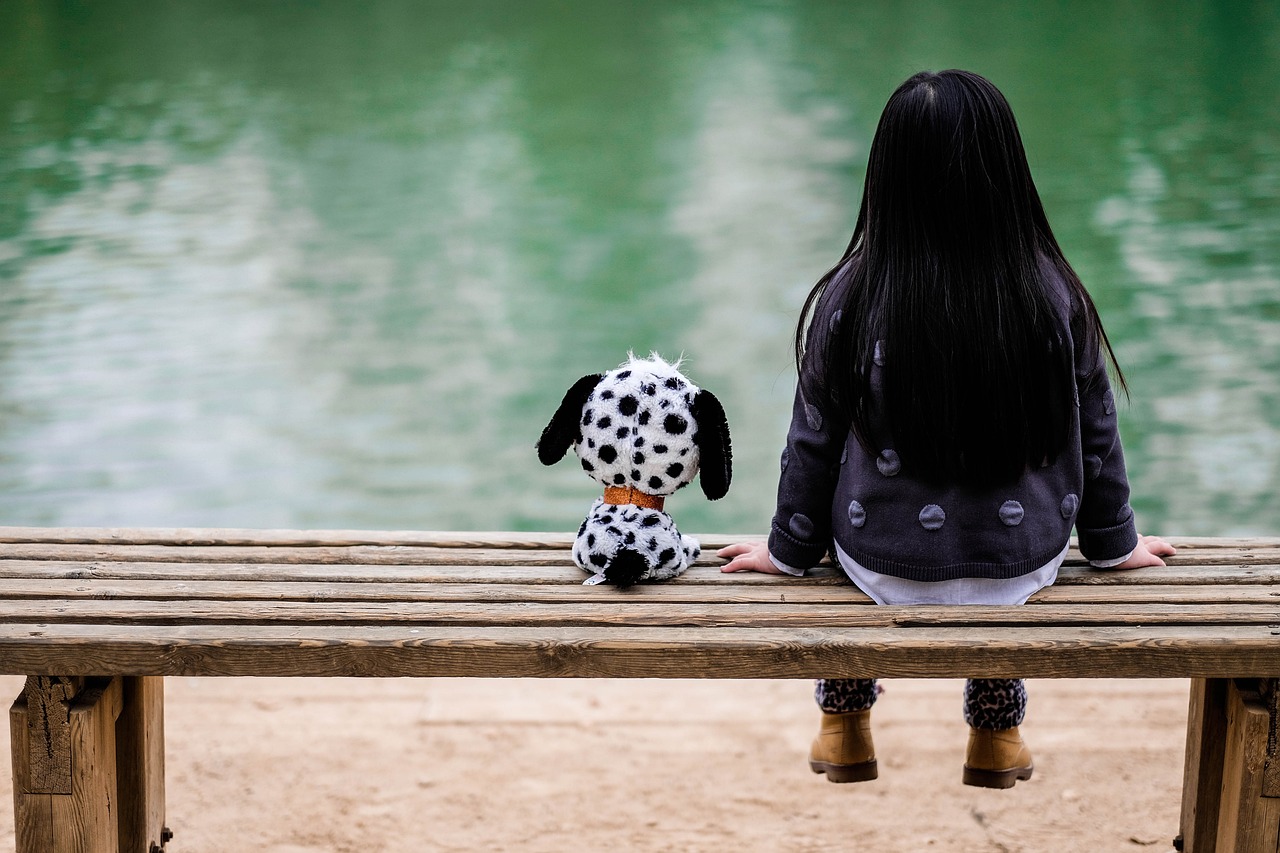The Science Behind Animal Bonding Behavior
Introduction
The bond between animals, whether within the same species or across different ones, has long fascinated scientists and animal lovers alike. From mother-offspring relationships to unlikely friendships between animals of different species, bonding behavior plays a crucial role in the social dynamics and survival strategies of various animals. In this article, we delve into the science behind animal bonding behavior, exploring its evolutionary origins, neurobiological mechanisms, and ecological significance.
- Understanding Animal Bonding Behavior
Definition and Scope
Animal bonding behavior refers to the formation and maintenance of social relationships between individuals, characterized by affiliative interactions, cooperation, and mutual support. These bonds can occur within the same species (intraspecific bonding) or between different species (interspecific bonding), with varying degrees of complexity and duration.
Types of Animal Bonds
Animal bonding behavior manifests in various forms, including parental care, mating partnerships, hierarchical relationships within social groups, and friendships between individuals. These bonds serve diverse functions such as offspring rearing, resource sharing, predator defense, and emotional support.
- Evolutionary Origins of Bonding Behavior
Adaptive Benefits
The evolution of bonding behavior is shaped by the selective pressures of the environment, with adaptive benefits for individuals and populations. For example, parental care enhances offspring survival and reproductive success, while cooperative alliances improve foraging efficiency and predator avoidance.
Kin Selection and Altruism
In many species, bonding behavior is influenced by kin selection, where individuals prioritize the well-being of relatives who share their genes. Altruistic behaviors, such as cooperative breeding and reciprocal altruism, can enhance inclusive fitness and promote the transmission of shared genetic traits.
- Neurobiological Mechanisms of Bonding
Hormonal Regulation
Hormones play a critical role in regulating bonding behavior, modulating social and emotional responses in animals. Oxytocin and vasopressin, in particular, are implicated in bonding processes, promoting attachment, trust, and bonding between individuals.
Neural Circuits
Neuroimaging studies have identified specific brain regions involved in processing social cues and mediating bonding behavior. These include areas associated with reward processing, emotional regulation, and social cognition, highlighting the neural basis of social bonding in animals.
- Ecological Significance of Bonding Behavior
Social Structure and Stability
Bonding behavior contributes to the formation of stable social structures within animal populations, promoting cooperation, division of labor, and conflict resolution. Strong social bonds enhance group cohesion and coordination, increasing collective fitness and resilience to environmental challenges.
Ecosystem Dynamics
The presence of strong bonds within and between species can influence ecosystem dynamics and trophic interactions. For example, mutualistic relationships between species, such as pollination partnerships and symbiotic alliances, can have cascading effects on community structure and ecosystem function.
- Conservation Implications
Impact of Human Activities
Human-induced disturbances, such as habitat loss, fragmentation, and climate change, can disrupt bonding behavior and social dynamics in animal populations. Fragmentation of habitats can isolate individuals and disrupt social networks, leading to decreased reproductive success and population decline.
Conservation Strategies
Understanding the science behind animal bonding behavior is essential for informing conservation strategies aimed at preserving biodiversity and ecosystem integrity. Conservation efforts should prioritize the maintenance of intact habitats, connectivity corridors, and social interactions within and between species.
Conclusion
The science behind animal bonding behavior offers valuable insights into the evolutionary, neurobiological, and ecological underpinnings of social relationships in the natural world. From parental care and mating partnerships to cooperative alliances and interspecific friendships, bonding behavior shapes the social fabric of animal communities and influences ecosystem dynamics. By studying the mechanisms and implications of bonding behavior, we gain a deeper appreciation for the complexity and interconnectedness of life on Earth.
